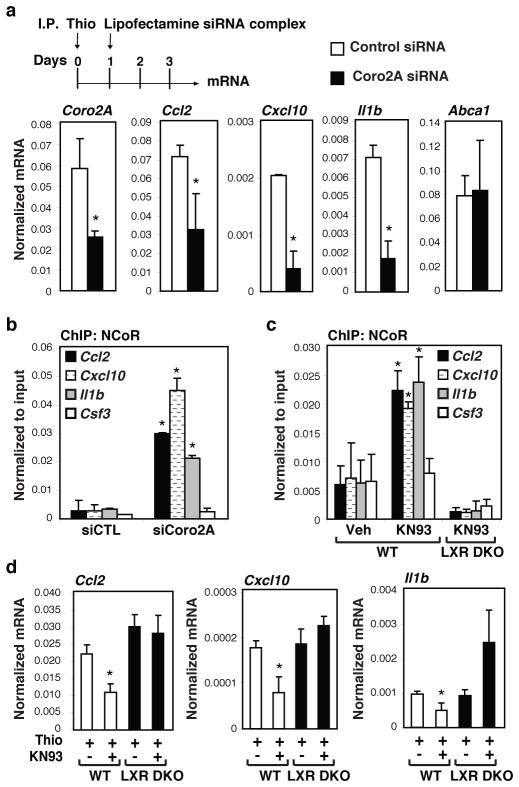Figure 4. Function of the Coro2A-LXR-CaMKII pathway in thioglycollate-elicited peritonitis.
a, Sterile peritonitis was initiated by intraperitoneal (I.P.) injection of thioglycollate (Thio) on day 0. Mice were injected with lipofectamine-siRNA complexs on day one, and peritoneal exudate cells were recovered for analysis of Coro2A, Ccl2, Cxcl10, Il1β and Abca1 mRNA on day 3 (n=4 per condition). (Values are normalized to Gapdh. Averages ± s.e.m., *P<0.05 versus siCTL). b, ChIP for NCoR-binding to the Ccl2, Cxcl10, Il1b, and Csf3 promoters in peritoneal exudate cells described in a (n=3 per condition). (Averages ± s.e.m., *P<0.05 versus siCTL). c, ChIP for NCoR-binding to the Ccl2, Cxcl10, Il1b, and Csf3 promoters in peritoneal exudate cells derived from wild type (WT) or LXRα/β double knockout (DKO) mice treated with KN93 as indicated (n=3 per condition). (Averages ± s.e.m., *P<0.05 versus non-KN93 treated wildtype animals). d, Expression of Ccl2, Cxcl10, and Il1b expression in peritoneal exudate cells derived from WT (n=5 per condition) or LXRα/β−/− (n=3 per condition) mice treated with KN93 as indicated. (Averages ± s.e.m., *P<0.01 versus non-KN93 treated wildtype animals). Statistical significance was determined by a two-tailed Student’s t-test.

